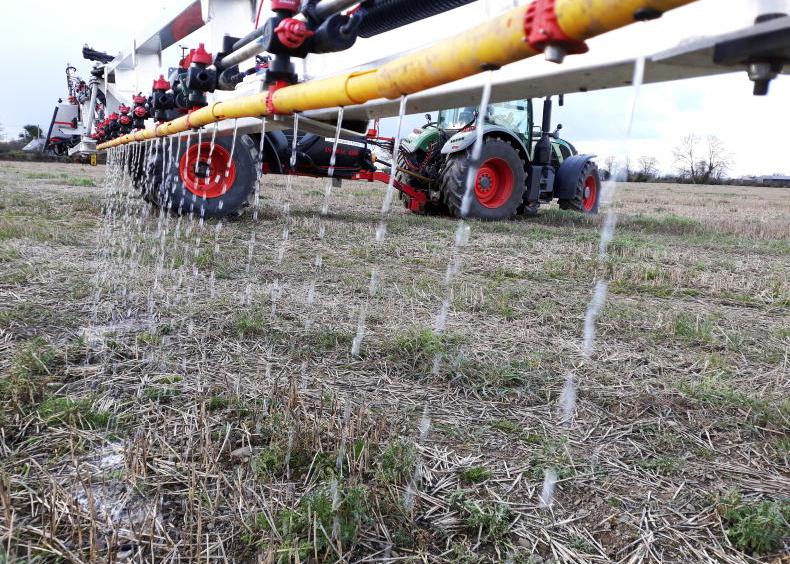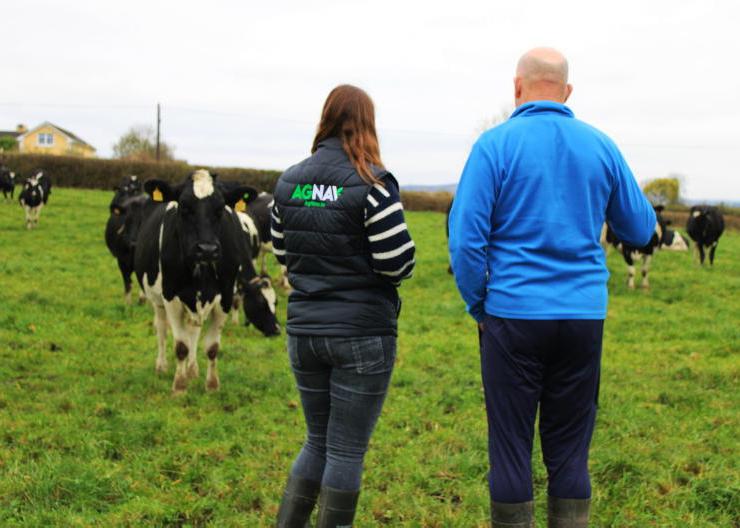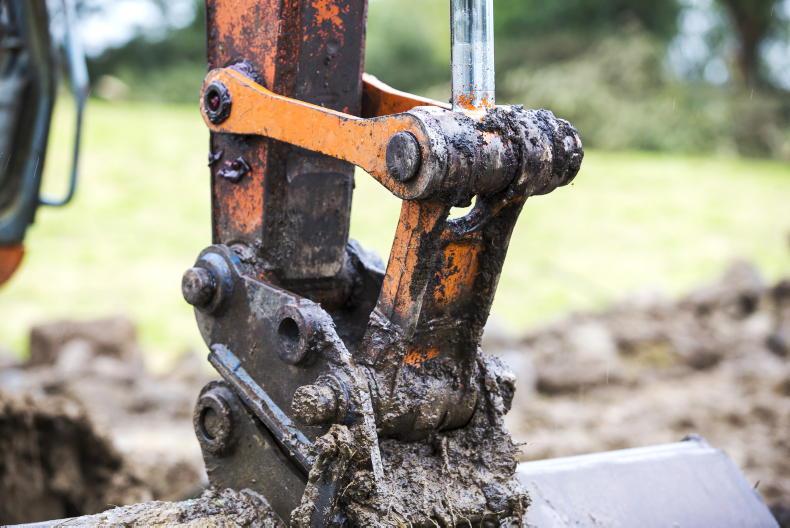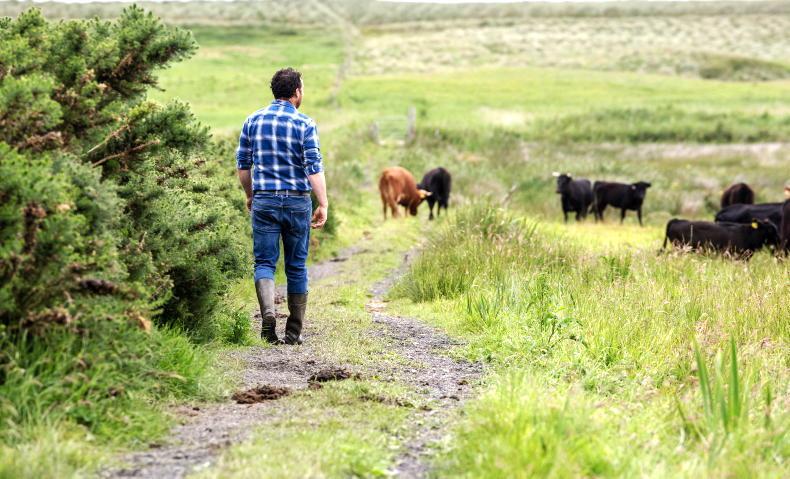Total greenhouse gas emissions (GHG) from grazing ground on reclaimed peatlands could be overstated by as much as 40%, a recently published research paper contends.
Scientists maintain that the use of international research data to estimate GHG emissions from Irish peatlands may be exaggerating CO2 emissions from drained grazing ground by more than 3m tonnes.
This new research could potentially result in a significant reduction in the area of grazing ground that will need to be rewet for the farm sector to meet the legally-binding emissions ceilings set for the industry.
There are currently up to 320,000 hectares of drained peatlands under grass.
New figures
The new figures are included in a research paper entitled A review of greenhouse gas emissions and removals from Irish peatland, which was authored by Elena Aitova, Terry Morley, Dr David Wilson and Florence Renou-Wilson.
Speaking to the Irish Farmers Journal, Dr Wilson admitted that the grassland-related results were positive for Irish farmers, but he cautioned that they were based on just two sites and that a more comprehensive data-set was required.
Wilson pointed out that the tier one data used to calculate grassland emissions from peaty soils, which is based on international research findings, puts emissions from nutrient poor soils at 19.4t of CO2 per hectare per year (CO2/ha/year).
However, this new paper suggests that estimated emissions from comparable Irish soils could be as low as 4.8t CO2/ha/year. This is just 24% of the value currently being applied.
The figures for peaty soils considered to be nutrient rich were closer, with tier one data putting emissions at 22.3t CO2/ha/year, while the new Irish data put emissions at 18.6t CO2/ha/year.
Framework
“What our review does indicate is that the Irish CO2 emissions from peatland soils are significantly overstated in our opinion,” Dr Wilson said.
“However, the new measuring network that Teagasc is rolling out across the country is going to be so important going forward, as they will hopefully confirm these initial findings that our review has shown up,” he added.
While it was thought that close to 8 million tonnes of CO2 were emitted by grazing ground on drained peatlands, the research paper’s findings suggest that this figure is likely to be reduced substantially.
Despite the good news for farmers, Wilson cautioned that the rewetting of some peatlands will still be required.
Limited data
“Our limited data shows that if you rewet, then you decrease emissions on drained grassland by a further 50%. So rewetting is a very important strategy to reduce overall emissions from Irish grassland on peat soils,” he explained.
“But if these findings are replicated by the upcoming Teagasc studies, then it is likely to reduce the overall area that will have to be rewet,” he added.
On a worrying note, the new research data indicates that Ireland has a much bigger problem than previously thought in terms of overall peatland emissions. Total emissions from the country’s peatlands are estimated at 8.4 million tonnes of CO2 per year.
The research paper was published in Mires and Peat by the International Peatland Society.









SHARING OPTIONS